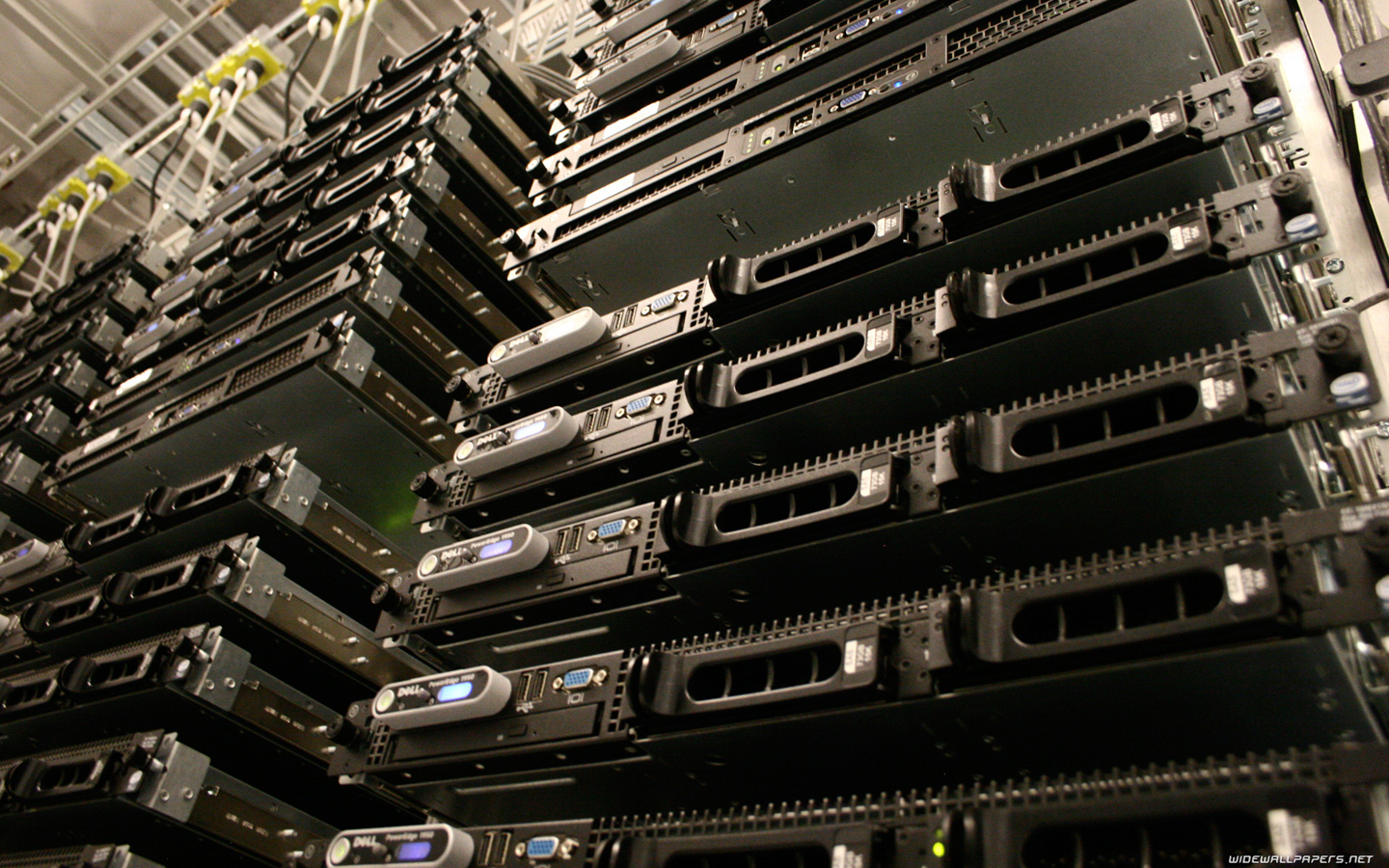As businesses continue their digital transformation, data storage needs are growing exponentially. With more data being generated and collected than ever before, organizations require scalable and efficient storage solutions to manage this influx of information. While on-premises storage arrays once dominated IT infrastructure, data center servers now offer compelling alternatives for storing and managing vast volumes of data in a more flexible and cost-effective manner.
By consolidating storage resources in the data center, businesses can establish storage landscapes that support current and future needs. Adopting software-defined and hyperconverged servers allows organizations to pool storage, simplify management, and eliminate data silos. With the right IT strategy, data center servers can power more agile, responsive, and cost-efficient storage for years to come.
Here are 12 ways these versatile platforms are transforming storage.
1. Virtually Unlimited Scalability
Data center use modular servers, which can easily be added or removed as required. Businesses can start small and non-disruptively scale storage capacity by thousands of terabytes without risking downtime or performance issues. This “elastic” scalability allows organizations to avoid overprovisioning for capacity needs that may never materialize. Servers support effortless scaling both vertically, by adding disks and CPUs to existing nodes, and horizontally, by incorporating new nodes.
2. Highly Available and Resilient
Servers are engineered for fault tolerance, redundancy and high availability, so data is always protected. Multiple servers pooling resources together into fail-safe clusters ensure there are no single points of failure. Self-healing capabilities keep applications and services consistently online even if an individual disk, server or entire data center site fails. Advanced replication and erasure coding techniques further guard against data loss from hardware malfunctions or natural disasters.
3. Simplified Data Protection
Server-based das storage streamlines backup, replication and disaster recovery. Built-in replication maintains copies of data across multiple sites for business continuity. Continuous and asynchronous modes safeguard the most up-to-date snapshots. Granular backup policies control the retention period for each data type. Bare metal restore capabilities bring entire server instances back online in minutes rather than hours. Simplified management reduces the risk of human error, compromising recoverability.
4. Optimized Performance
Modern servers use high-speed solid-state drives (SSDs), high-performance processors, memory and networking. They distribute workloads efficiently across resources to maximize IOPS, throughput, latency and bandwidth. Performance scales with capacity; adding servers enhances throughput for even the most intensive workloads. Quality of service controls allocate appropriate resources to critical applications. Operational burdens from storage siloes disappear, freeing resources for strategic initiatives.
5. Improved Resource Utilization
Consolidating storage avoids costly overlaps and ensures assets are fully leveraged. Underutilized arrays can be retired or repurposed. Data center servers dynamically reallocate resources in real-time based on demand, with unused capacity potentially assigned to test or development projects. Powerful servers complete work faster using fewer physical machines, lowering capital and operating costs through power and cooling savings and real estate reclamation.
6. Agile Service Provisioning
Server software allows administrators to quickly create and manage file/block LUNs, snapshots and clones on demand without relying on storage vendors for hardware installations. Self-service portals empower end users to spin up virtual machines and storage volumes independently based on pre-set policies. Developers receive sandbox environments within minutes through automation. Agility accelerates innovation cycles and the time to market for new applications and services.
7. Simplified Lifecycle Management
Upgrading or replacing servers is non-disruptive, minimizing risk to production while avoiding expensive system downtime. Hot-spare nodes ensure continuous service availability. End-of-support notifications flag aging infrastructure. Pooled server spare capacity absorbs workloads during replacements and upgrades without requiring costly overprovisioning. Standardized operations lower the costs of maintenance, support and procurement across hybrid infrastructures.
8. Software-Defined Efficiencies
Software-defined storage pools disks from multiple servers and presents them as a single inventory. Resources can be reallocated without IT involvement based on application needs. Deep integration with hypervisors enables self-service provisioning. Software innovations deliver new features without costly upgrades. Container technologies enable portability across on-premises and cloud environments for further efficiencies.
9. Flexible Consumption Models
Capacities are incrementally purchased as needed under consumption-based pricing. Server infrastructure supports OpEx-based elastic pricing that aligns costs with usage patterns. Cloud-style operational expenditures optimize budgets versus overinvestment in physical arrays. Resources can be accessed on-premises or from any location through the public cloud when additional capacity spikes occur.
10. Hybrid Cloud Flexibility
Served storage spans on-premises and public cloud platforms, allowing data placement based on cost, governance and performance reasons. Resources located in the data center or cloud can be managed through the same interfaces and policies. Hybrid models protect existing investments in on-premises infrastructure. Data mobility simplifies transitions between private and public environments, unlocking multi-cloud strategies.
11. AI/ML Data Hub Enablement
Distributed shared storage optimized for analytics fuels AI and ML initiatives. Performance data tiering places hot analytics data on flash while archiving colder objects. Joint analytics enable machine learning insights across all organizational data assets. Predictive recommendations anticipate storage usage patterns. Servers support AI operations like model training. Agile storage for data science accelerates insight discovery and operationalization.
12. Boosted Team Productivity
Automation, service catalogs, self-service portals and centralized management tools maximize IT staff effectiveness. Time previously spent on manual storage tasks like configuration, monitoring and upgrades is redirected to strategic goals. Advanced analytics provide troubleshooting support. Training overheads decrease as resources operate consistently across data centers and the cloud. Developers gain autonomy when provisioning development and test environments on demand.
Conclusion
In conclusion, software-defined servers establish agile, scalable storage that adapts seamlessly to shifting business needs. Their elasticity, high performance, efficiency gains and simplified operations make them future-proof storage strategies in unpredictable times. With servers taking infrastructure flexibility and economics to new levels, organizations gain stable foundations for their ever-growing digital futures. With clarity across the storage landscape, IT leads businesses confidently into the next chapter of growth and innovation.














